When to Plant Out Tomato Plants in the UK? Complete Timing Guide
Discover the perfect timing for planting tomato plants outside in the UK. From avoiding frost damage to maximizing your harvest, learn everything you need to know about when and how to transplant your tomatoes for a successful growing season.
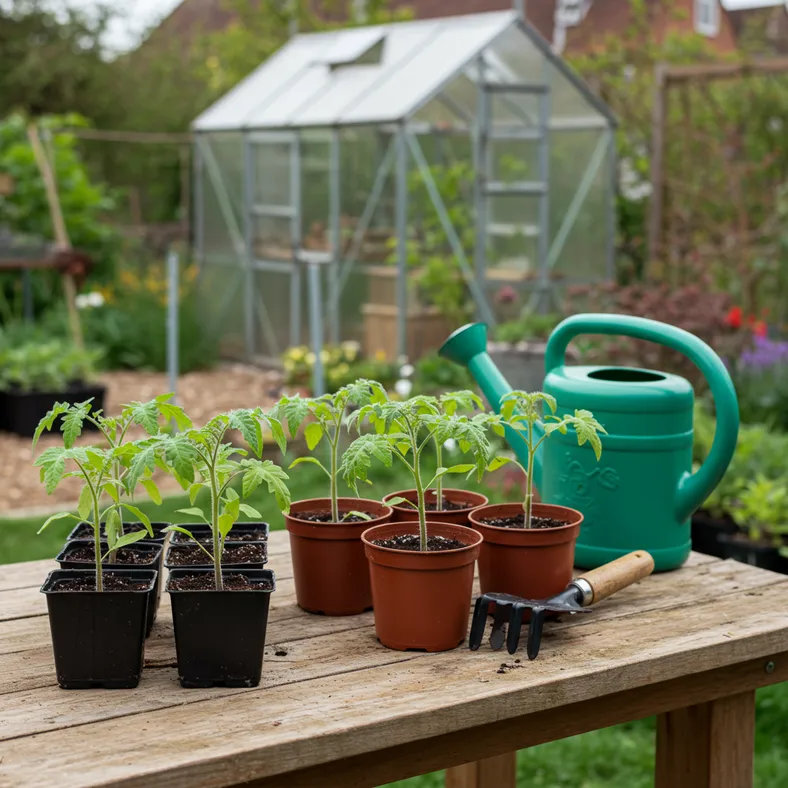
Growing tomatoes successfully in the UK is all about timing. Plant too early and frost will damage your precious seedlings; plant too late and you'll miss out on a full harvest. Understanding when to plant out tomato plants in the UK can make the difference between a disappointing crop and baskets full of delicious, homegrown tomatoes all summer long.
The key to success lies in balancing the need for warm conditions with the UK's unpredictable weather patterns. This comprehensive guide will help you master the timing and techniques needed to grow thriving tomato plants in British gardens.
When to Plant Tomatoes Outside in the UK
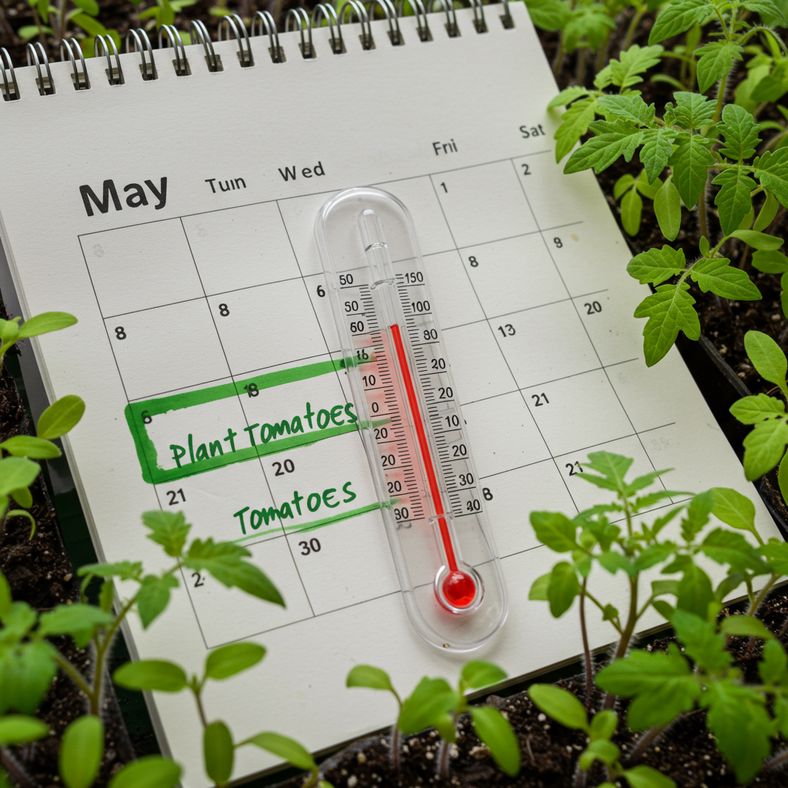
The optimal time to plant tomatoes outside in the UK is late May in most regions, after all risk of frost has passed and soil temperatures have warmed sufficiently. However, timing varies significantly across the country:
- Southern regions: Mid to late May, sometimes as early as late April in very mild areas
- Central England: End of May to early June
- Northern regions and hills: Early to mid-June, as frost can still occur in early June
The soil temperature should reach at least 10°C (50°F) consistently before transplanting, as tomatoes are heat-loving plants that struggle in cold conditions.
What Happens if You Plant Tomatoes Out Too Early?

Planting tomatoes too early can be devastating for your crop. Here's what can go wrong:
- Frost damage: Even a mild frost can damage or kill tender young transplants, as tomatoes are not frost-hardy
- Stunted growth: Cold soil prevents proper root development, leading to slow, weak growth
- Reduced yields: Plants stressed by cold conditions often produce fewer fruits
- Increased disease risk: Weak plants are more susceptible to fungal diseases and pest problems
It's always better to wait a week or two longer than risk losing your plants to unexpected late frosts.
What Happens if You Plant Tomatoes Out Too Late?
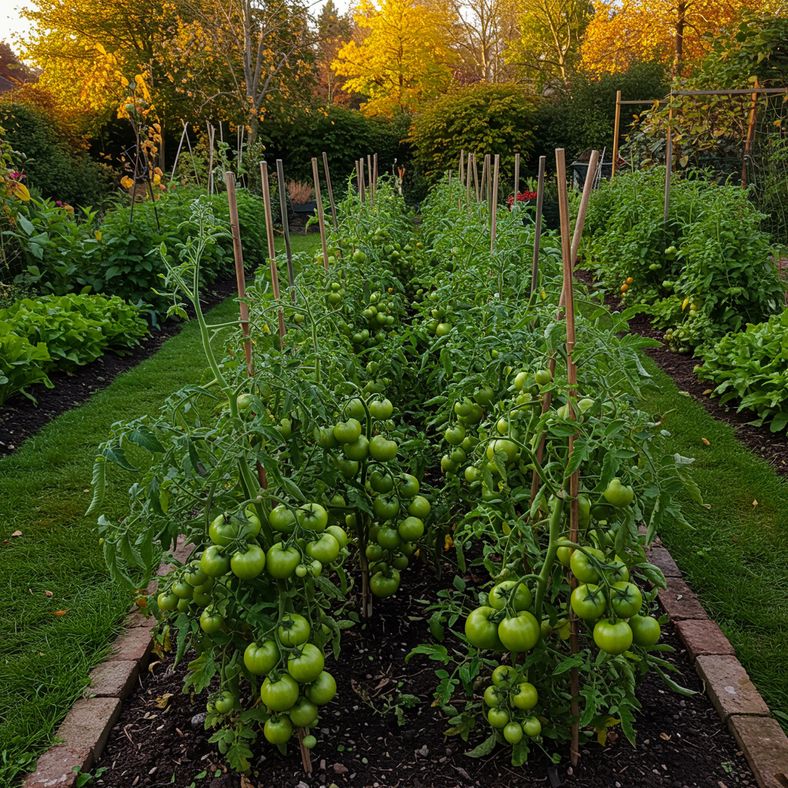
While less catastrophic than planting too early, late planting still has consequences:
- Reduced harvest window: The UK's relatively short summer growing season means less time for fruit production
- Lower overall yields: Plants have less time to establish and produce multiple fruit trusses
- Risk of early autumn frosts: Late-planted tomatoes may not ripen before cold weather returns
However, don't despair if you're running late – tomato plants grow rapidly, and good-sized transplants planted a few weeks late can still produce a reasonable harvest, though fruiting will begin later in the summer.
When to Sow Tomato Seeds for Growing Outside
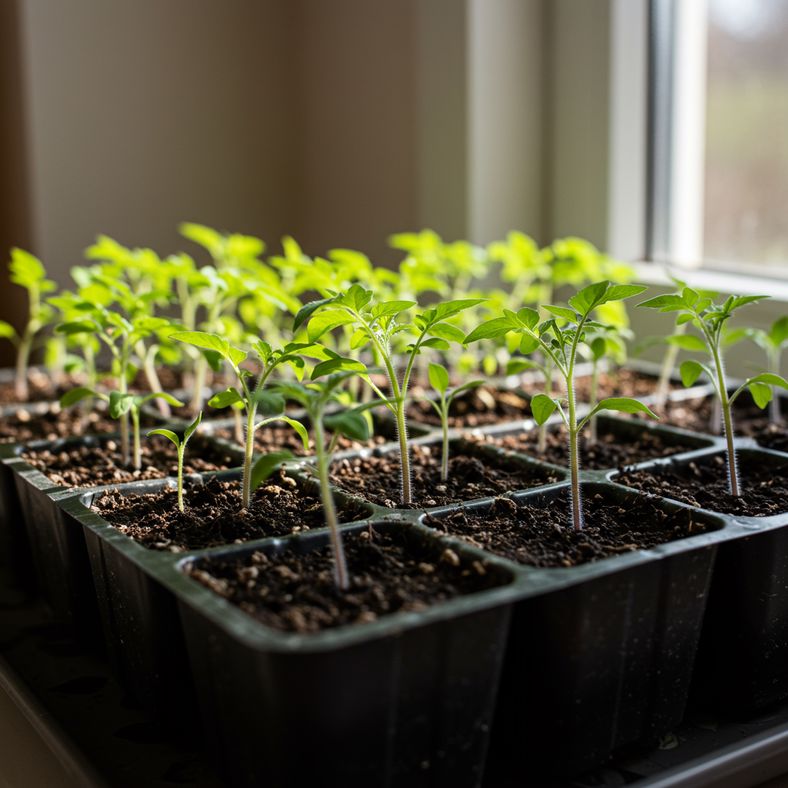
Proper timing starts with seed sowing. For outdoor growing in the UK:
- Ideal sowing time: Late March allows plenty of time for seedlings to reach transplant size
- Germination requirements: Seeds need consistent warmth (18-21°C) to germinate successfully
- Use proper equipment: A heated propagator or seed trays in plastic bags placed in a warm airing cupboard work well
- Light requirements: Once germinated, seedlings need maximum natural sunlight – a south-facing windowsill is ideal
Warning: Avoid sowing too early, as young plants must be kept warm indoors until late spring planting time. Low light levels can create weak, 'leggy' plants prone to damage.
Top Tips for Planting Tomatoes Outside
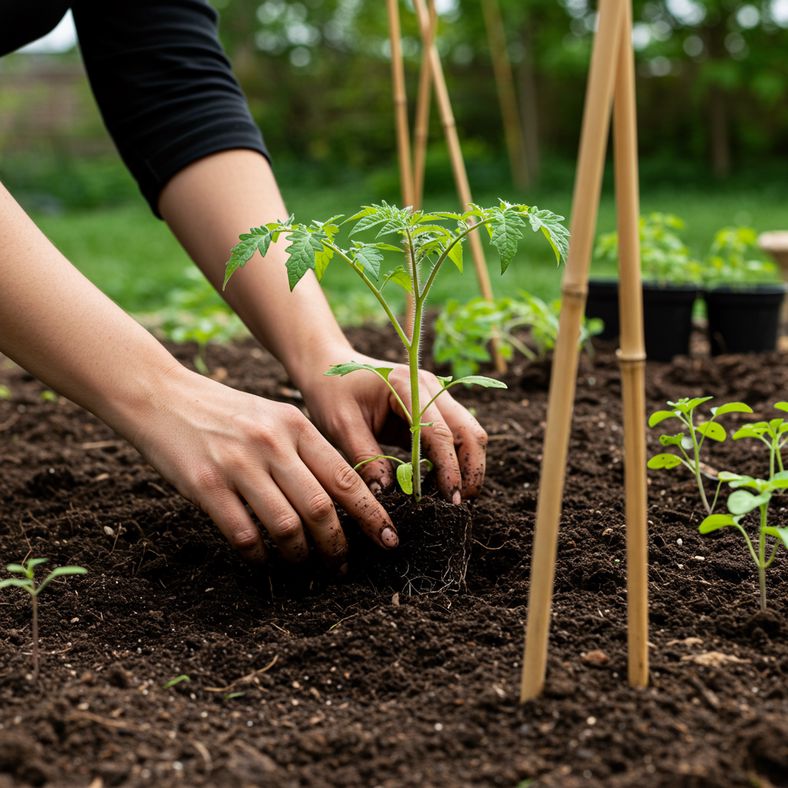
Preparing Your Plants
Ensure your tomato transplants are ready for outdoor life:
- Size matters: Plants should be 6-8 inches (15-20cm) tall with thick main stems
- Healthy appearance: Look for plenty of leafy growth and possibly first flowers developing
- Hardening off: Gradually acclimatize plants by moving them outside for a few hours on sunny days, then back indoors overnight
- Timeline: Continue hardening off for about a week, gradually extending outdoor time
Choosing the Perfect Location
- Sun exposure: Select a sunny spot with at least 6-8 hours of direct sunlight
- Wind protection: Provide shelter from prevailing winds
- Planting options: Use garden beds, large containers, or grow bags
- Support systems: Install stakes or tomato cages for tall indeterminate varieties
Protection in Cooler Weather
- Fleece covers: Use horticultural fleece during cool spells
- DIY cloches: Cut plastic bottles make excellent temporary protection
- Soil warming: In cold regions, warm soil with plastic sheeting before planting
- Container advantages: Bush varieties thrive in containers and hanging baskets for patio growing